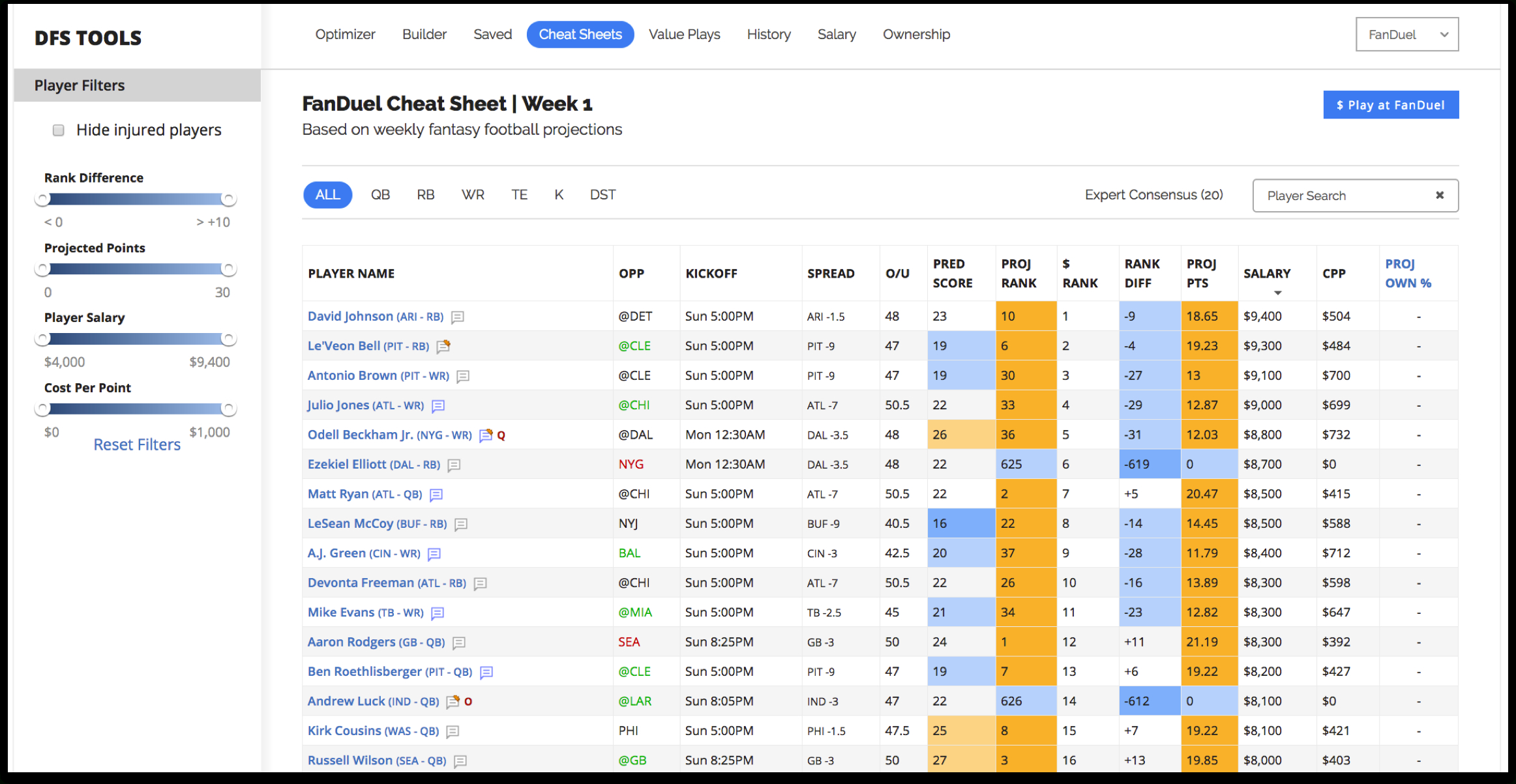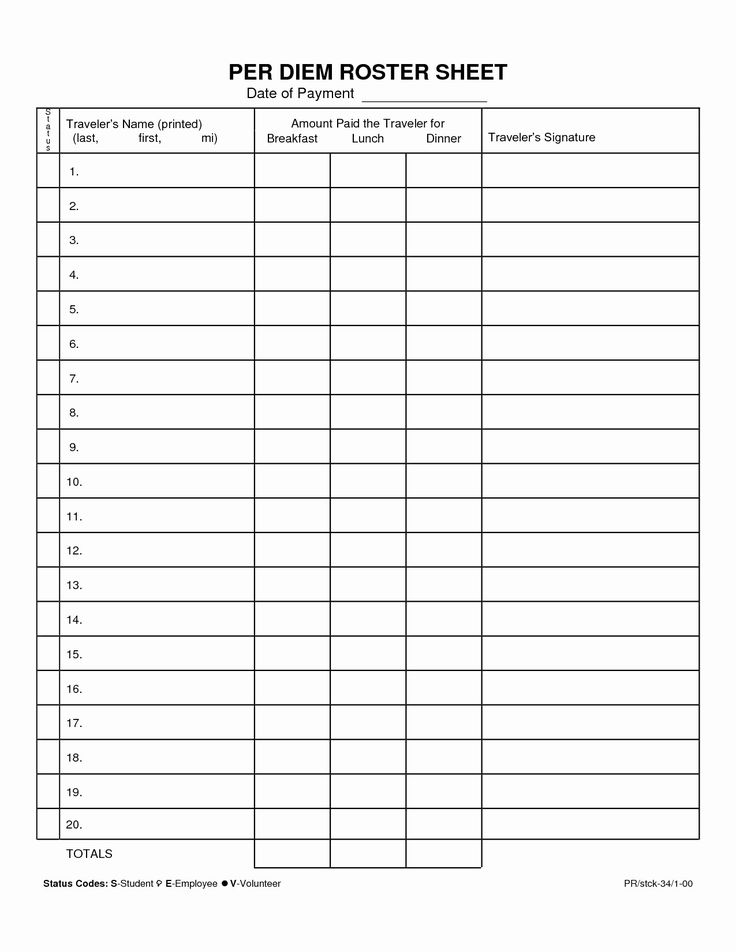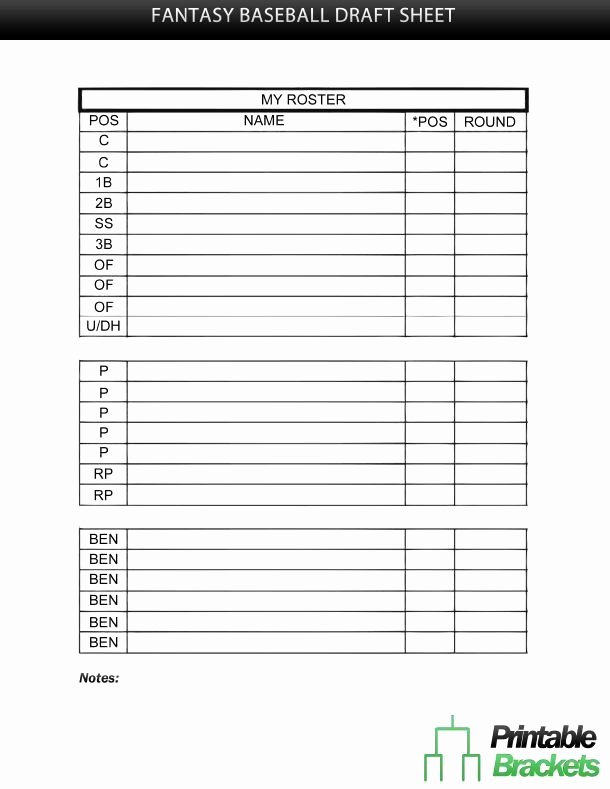Fantasy Football Excel Sheet: Create Your Ultimate Draft Guide

In the world of fantasy football, preparation can be the key to victory. Having a robust, well-organized system to manage your team's draft, track player performances, and strategize your moves can give you a significant edge over your competitors. One of the best tools for this task is an Excel sheet, specifically tailored for fantasy football. This blog post will guide you through creating your ultimate fantasy football Excel draft guide, ensuring you enter your league with a robust and winning strategy.
Why Use an Excel Sheet for Fantasy Football?

Excel sheets are incredibly versatile for managing complex data, and here are some compelling reasons why they are ideal for fantasy football:
- Customizability: You can tailor your Excel sheet to include only the metrics that matter to you.
- Automated Calculations: Excel can perform calculations automatically, like projecting points or analyzing trades.
- Data Sorting: Easily sort through player data to find top performers or value picks.
- Integration: It can integrate with online platforms where you draft or manage your team, keeping all your data in one place.
Setting Up Your Excel Sheet

Step 1: Basic Structure

Start by setting up the basic structure of your draft guide:
- Create columns for Player Name, Position, Team, Average Draft Position (ADP), Bye Week, and key statistics like Points Per Game (PPG).
- Include any additional data points like Touchdowns, Receptions, and Rush/Yards.
| Player | Position | Team | ADP | Bye | PPG | TDs | Rush/Yds | Receptions |
|---|---|---|---|---|---|---|---|---|
| Patrick Mahomes | QB | KC | 1 | 10 | 23.4 | 43 | 0 | 0 |
| Christian McCaffrey | RB | CAR | 2 | 11 | 25.7 | 22 | 1367 | 110 |

Step 2: Data Entry

Populate your sheet with player data. Here are some tips for efficient data entry:
- Download pre-draft rankings from fantasy football sites or apps.
- Use the VLOOKUP function to automatically fill in data once you enter player names.
- Keep historical data to track player trends over time.
📚 Note: Use conditional formatting to highlight value picks, players with high upside, or those with injury concerns.
Step 3: Advanced Features

- Player Projections: Incorporate projections based on past performance, current health, and team changes.
- Trade Analyzer: Develop a formula or macro that can evaluate potential trades based on player value and your team needs.
- Draft Strategy Sheets: Create separate tabs for different draft strategies (e.g., Zero RB, Drafting Elite TEs early).
Utilizing Your Excel Sheet During the Draft

Once your draft guide is set up, here's how to use it effectively:
- Track Picked Players: Use a checkbox or conditional formatting to indicate when a player has been drafted.
- Position Ranks: Quickly sort by position to identify the next best available player at each position.
- Team Needs: Highlight or filter based on team weaknesses or needs for bye weeks, roster depth, etc.
🔍 Note: Remember to update your sheet in real-time as players are drafted, keeping your data current and useful throughout the draft process.
Post-Draft Management

Your Excel draft guide can evolve into a comprehensive management tool:
- Performance Tracking: Update weekly stats to keep an eye on player performance.
- Injury Reports: Include a column or sheet to track injuries and potential replacements.
- Matchup Analysis: Use conditional formatting to highlight favorable or challenging matchups.
By maintaining your Excel sheet, you ensure that your fantasy team has the best chance of success throughout the season, not just during the draft.
Creating an ultimate fantasy football Excel draft guide provides a structured, dynamic approach to managing your fantasy football team. From pre-draft preparation to in-draft strategy and post-draft management, an Excel sheet helps you organize, analyze, and make informed decisions. This detailed approach not only enhances your draft experience but also gives you a competitive edge in managing your team throughout the season. Keep refining your sheet, incorporating new strategies, and adapting to real-time changes, and you'll find yourself consistently ahead of the game.
Can I import data directly into my Excel sheet?

+
Yes, you can! Many fantasy football platforms offer tools or APIs to export player data, which you can then import into Excel with ease.
How often should I update my fantasy football Excel sheet?

+
Weekly updates are recommended to reflect player performance, injuries, and team changes. However, during the draft, update in real-time as players are picked.
What are some essential formulas for a fantasy football Excel sheet?

+
Use formulas like VLOOKUP for data entry, SUMIF or SUMPRODUCT for projections, and conditional formatting for highlighting key player metrics or draft strategy points.